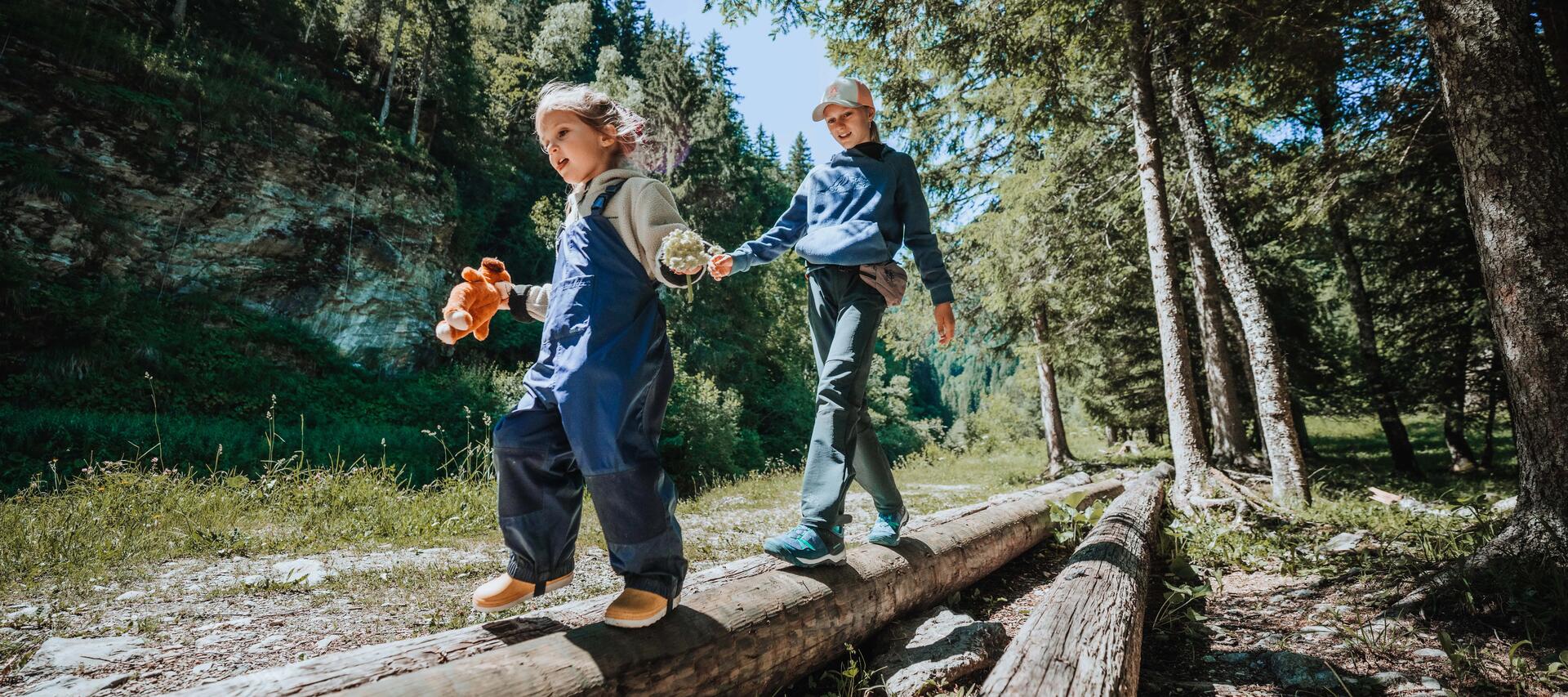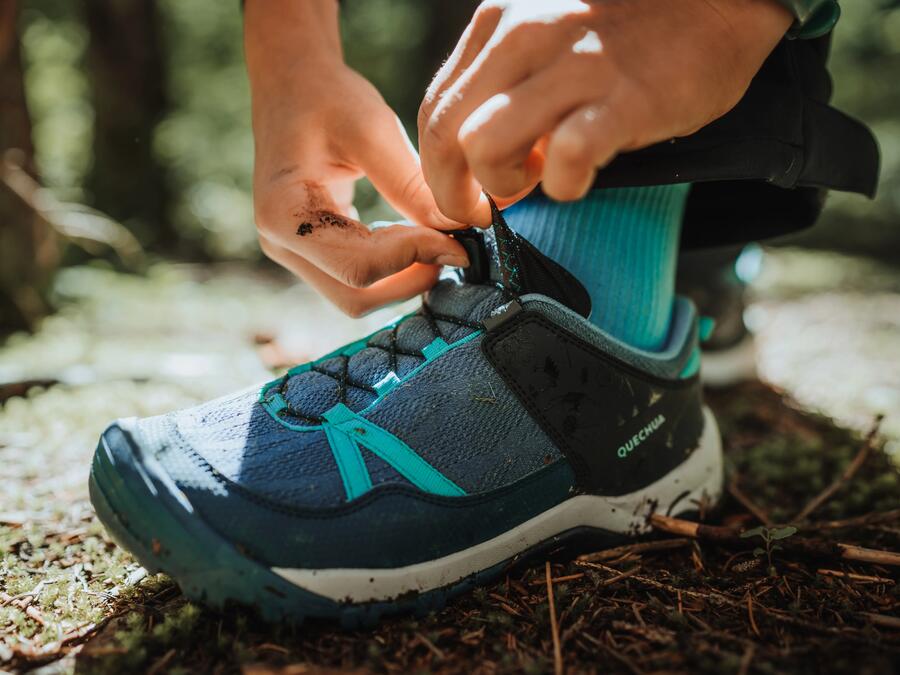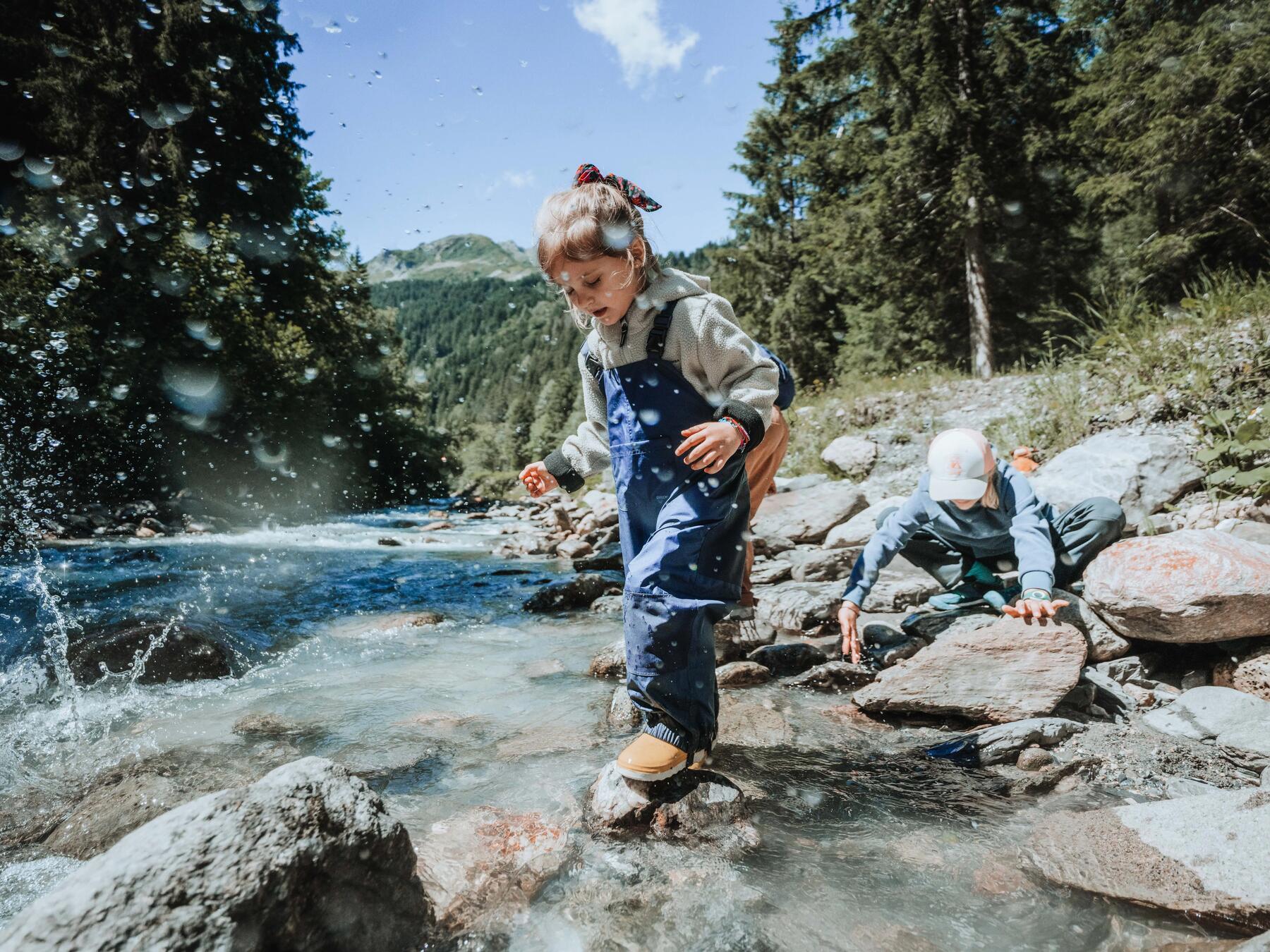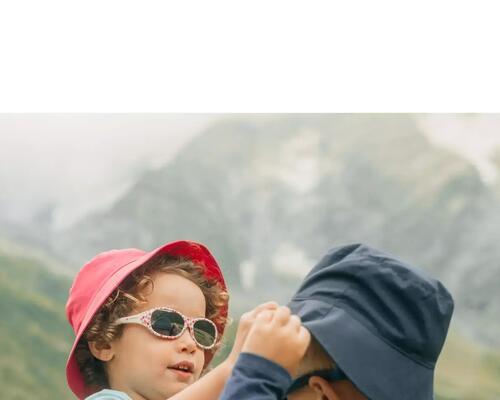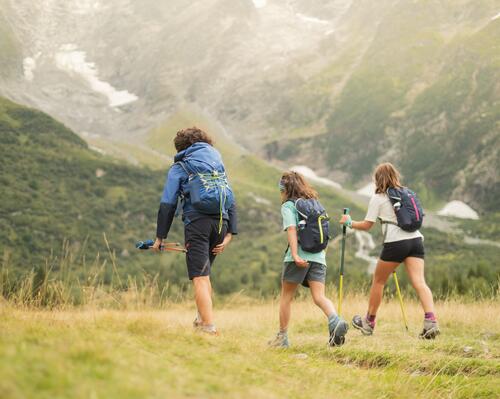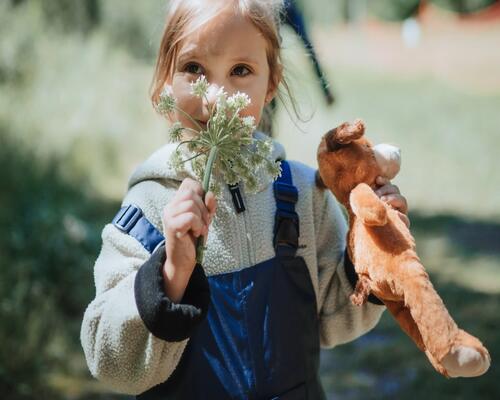In fact, at what age can you start hiking?
In principle, your child can go hiking with you from an early age, carried in a baby carrier, physiological or with a hard structure, depending on your preference. Then, as soon as they are able to walk, your child can start to follow you on short hikes! It’s essential to equip them with hiking boots adapted to the different types of ground they will encounter in the forest, in the mountains or by the sea! But the most important thing, of course, is to listen to your child and to go at their pace so that you can go hiking as a family and have a great time.
